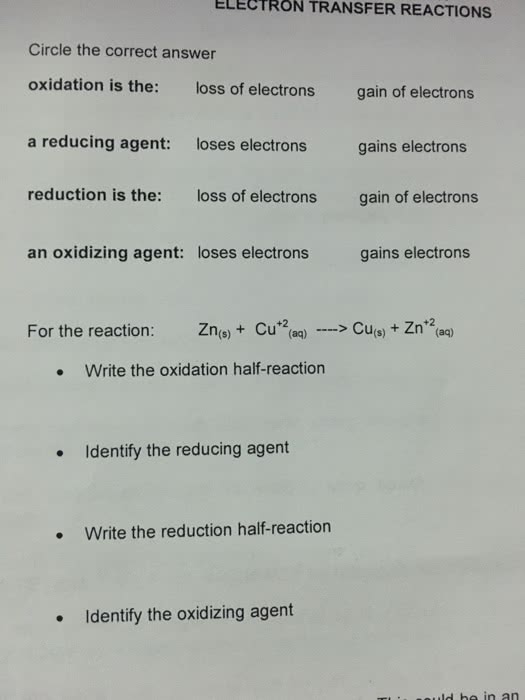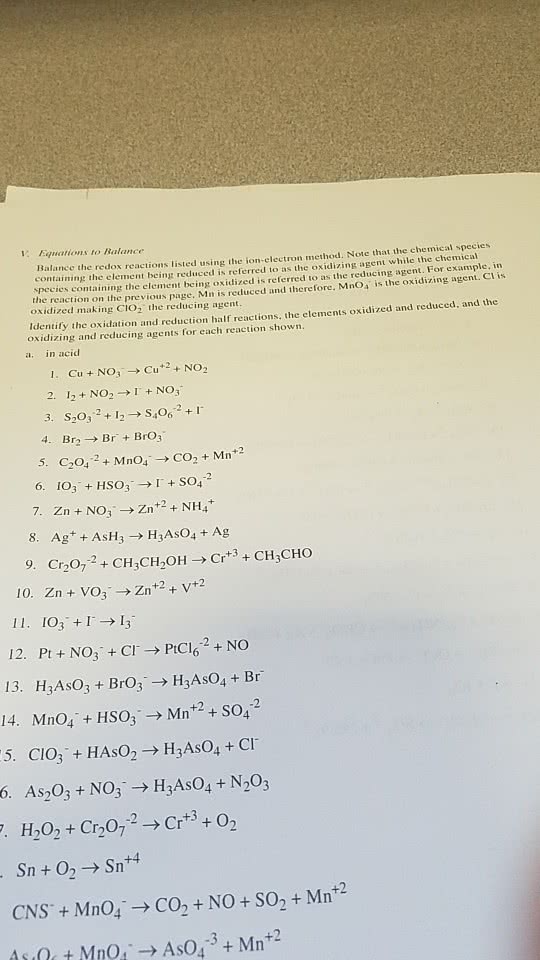CHE-1101 Study Guide - Final Guide: Chemical Polarity, Valence Electron, Oxidation State
Document Summary
Included on this exam: chapter 5, parts of chapter 8 and 9. Redox reactions: valence electrons are transferred from one reactant to another. Da(cid:374)iel"s cell: zn (s) + cu2+ (aq) zn2+ (aq) +cu (s) Oil rig o(cid:454)idatio(cid:374) is loss; redu(cid:272)tio(cid:374) is gai(cid:374) )(cid:374) loses t(cid:449)o ele(cid:272)tro(cid:374)s a(cid:374)d copper gai(cid:374)s t(cid:449)o electrons. Zn is oxidized, which makes it the reducing agent. Zn (s) + cu2+ (aq) zn2+ (aq) +cu (s) Oxidizing agent: is the reactant that causes something else to be oxidized it gains the electrons, or in other words, is reduced. Reducing agent: is the reactant that causes something else to get reduced it loses the electrons, or in other words, is oxidized. Example: cu(s) +2ag+(aq) cu2+ (aq) + 2ag(s) Cu(s) is the reducing agent and ag+(aq) is the oxidizing agent. Oxidation numbers: theoretical charge of an element in a compound: elements in compounds consisting of just that element have oxidation numbers equal to zero.


